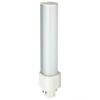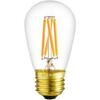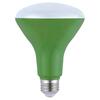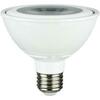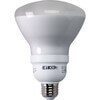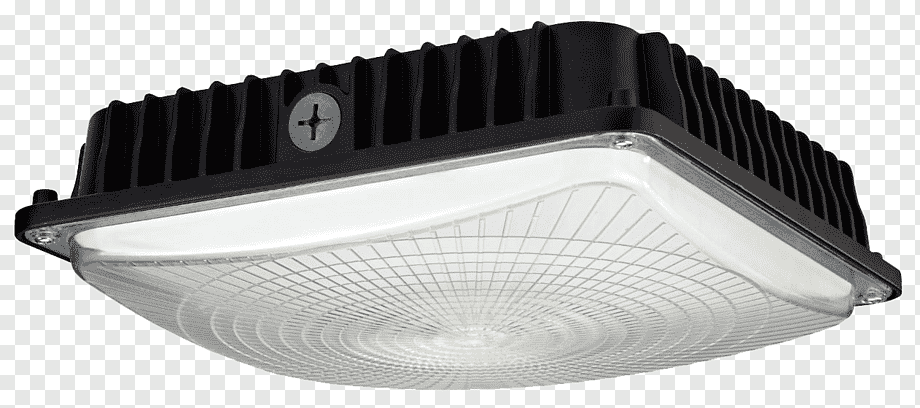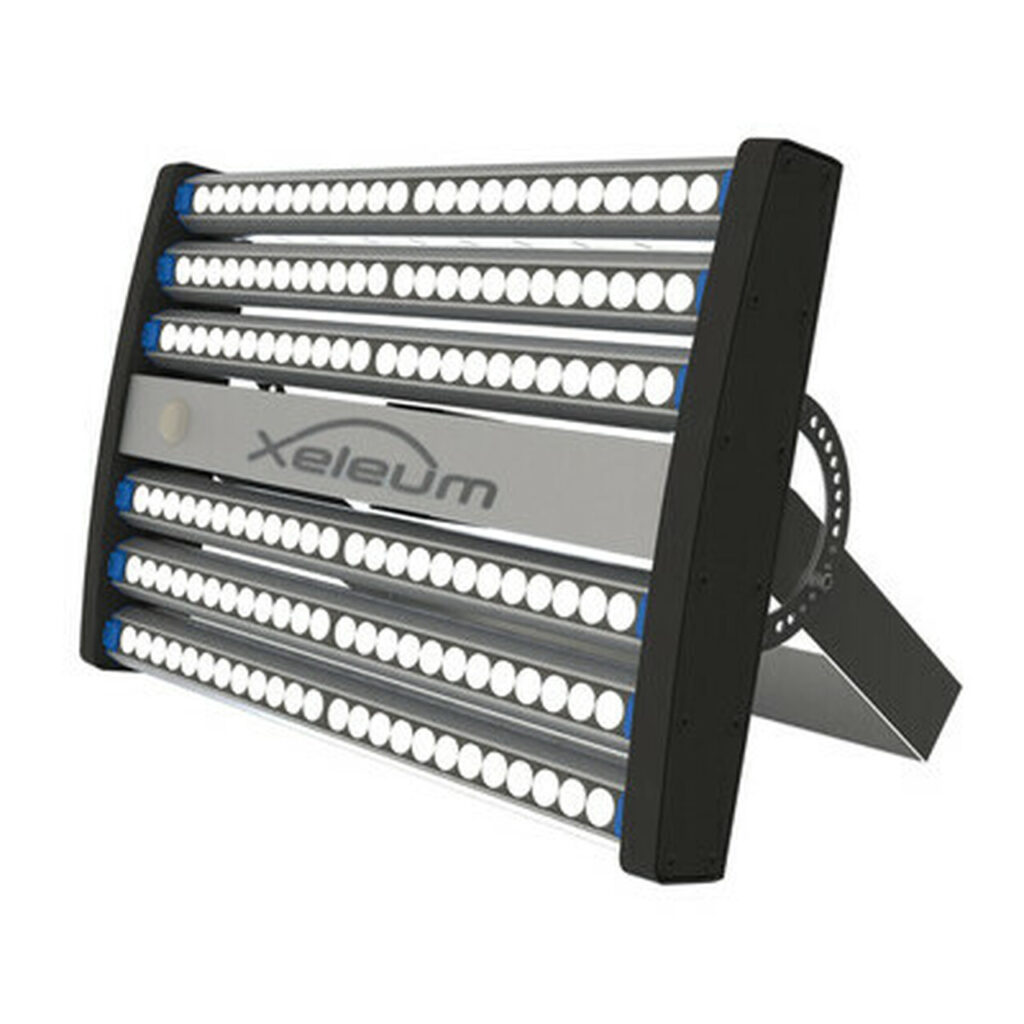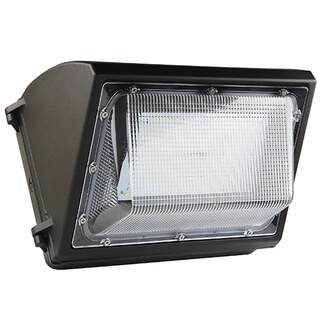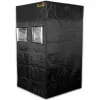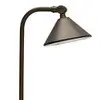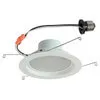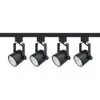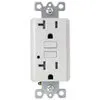If you have decided to lighten up your garden, it’s a great idea. At least this helps to achieve two goals which are security and beautification. All hands must be on deck to achieve these goals, and you need to make the most of your garden lighting. Getting the most out of your garden lighting is work. Let’s take a look at how to achieve these;
Begin by checking through the whole landscape and map out where you want to lighten up. Mark up areas based on the light need either for security purposes or for beauty. The areas of interest to mark out include pathways, patios, entryways, steps, driveways, trees, etc. Special architecture should be highlighted as well to make the best lighting provision for it. This is the point to begin, and it will help you to know the required materials as well as the budget.
Think about how far each of your stalled lights can go, especially at night when everything is dark. Using a single light to cut through darkness is not effective for either beauty or security purposes. You should stall lights at distances to help each other. You may try installing lights at 10fts to 20fts apart, depending on the size of the lights. This will help you maximize the strength of each light and have a comprehensive result.
Another great thing to do is to lead the way with lighting. This means making the path obvious with path lighting. It serves two great purposes of leading people in the right direction to follow as they make their way in or out of your compound, and it, of course, enhance beauty at its peak. This may also help with the security function of the lights.
To make the best of your garden lighting ideas, you need to know when to do uplighting and the best for the part of your garden. That could be shadowing, silhouetting, highlighting, and wall-washing. Each of them is best suited for different scenarios. Highlighting is for illuminating trees, sculptures, plants, garden structures, and spotlight fixtures. For silhouetting, it is achieved by placing a light behind a structure targeting the wall behind the image to create a backlit effect, while for wall-washing, fixtures are placed near the base of the wall while the light is placed at an angle directly upward. This will highlight the texture of the wall. The resultant effect will be a soft ambient glow projected around the area.
Also, know when to downlight. This may be either moonlighting, which is usually achieved by placing a spotlight on a high place like on a tree to create an illuminated structure, or by accenting, which is used to illuminate small details or small target space. Knowing when and how to use this will enhance the garden.
These are some of the ways to make the best of your garden lighting. There are more depending on your garden lighting project and preference. With these few tips, you can come out with a great garden lighting masterpiece.















